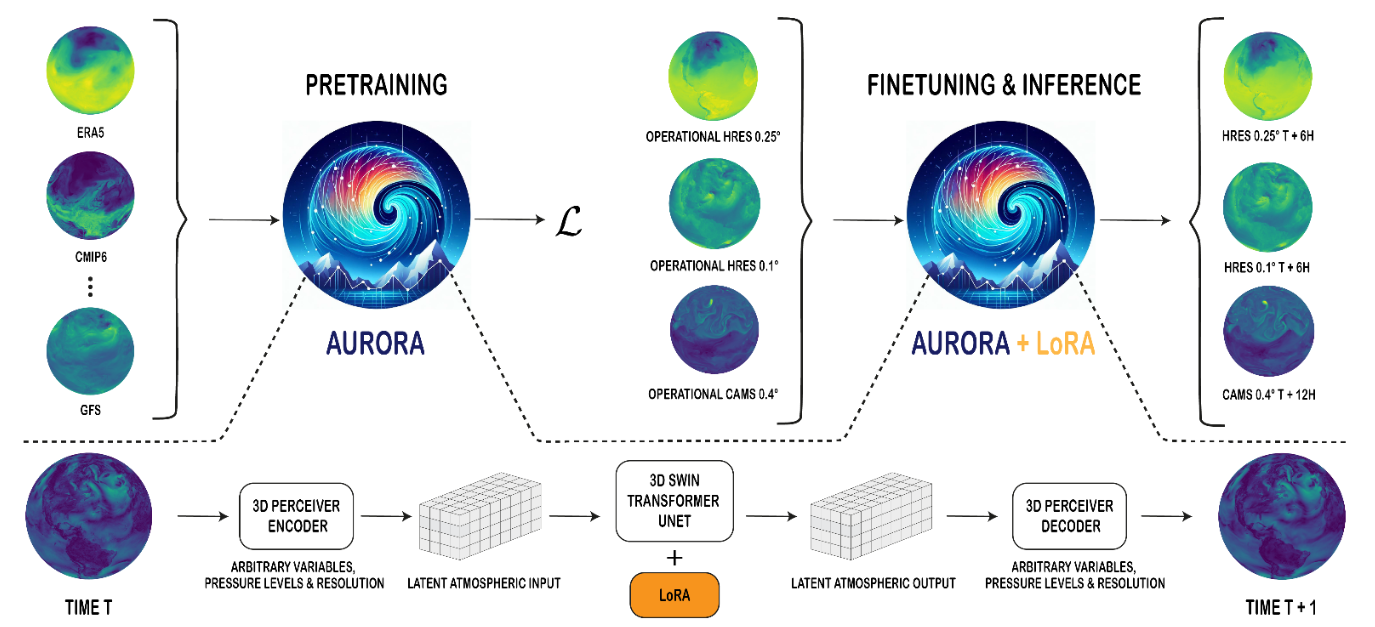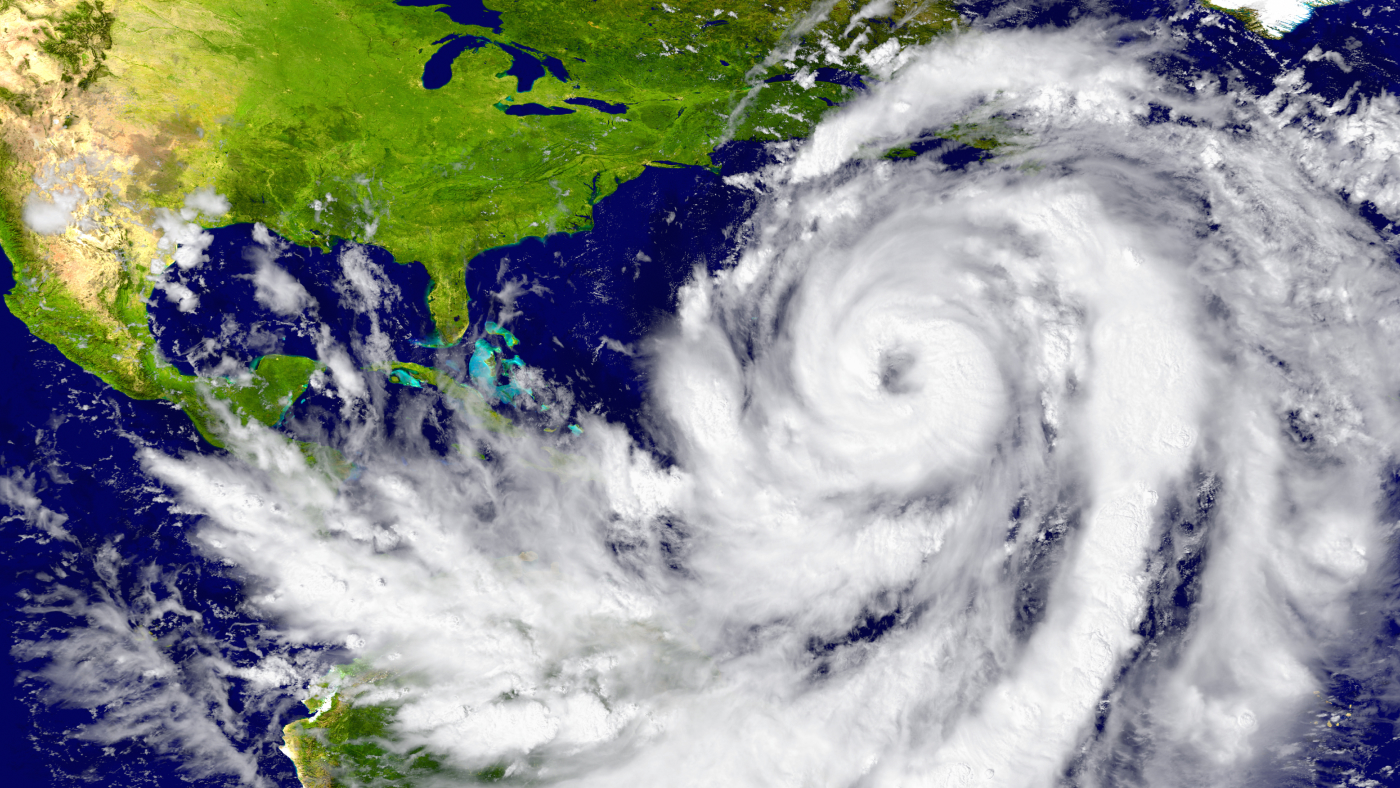What is Aurora?
Aurora, developed by a team of Microsoft researchers, is a cutting-edge AI foundation model that can extract valuable insights from vast amounts of atmospheric data. This 1.3 billion parameter model excels at a wide range of prediction tasks, even in data-sparse regions or extreme weather scenarios.
A foundation model approach to the atmosphere
Aurora is a large-scale deep learning model that can predict global weather patterns and atmospheric processes like air pollution. It is a type of AI model called a foundation model, which means it was first trained on a huge amount of diverse weather and climate data to build general knowledge, and then fine-tuned to excel at specific prediction tasks. Aurora can produce high-resolution global forecasts much faster than traditional numerical weather models while matching or exceeding their accuracy.
A recent study by Charlton-Perez et al. (2024) underscored the challenges faced by even the most advanced AI weather-prediction models in capturing the rapid intensification and peak wind speeds of Storm Ciarán. Aurora presents a new approach to weather forecasting that could transform our ability to predict and mitigate the impacts of extreme events—including being able to anticipate the dramatic escalation of an event like Storm Ciarán.
What makes Aurora a foundation model?
Aurora is considered a foundation model because it is trained in two main phases. First, in the “pre-training” phase, Aurora learns general-purpose representations of weather and climate by training on a vast and diverse set of data, including analysis, re-analysis, and forecast simulations. Then, in the “fine-tuning” phase, Aurora adapts its knowledge to excel at specific tasks like 10-day global weather forecasting or 5-day air pollution prediction, using smaller sets of high-quality data. This training approach allows Aurora to capture intricate patterns and tackle prediction tasks even when task-specific training data is limited.
What are the merits of a foundation model approach for modelling and predicting the Earth System?
The foundation model approach offers several key advantages for modelling the Earth System:
- Leveraging diverse data: By training on vast amounts of varied weather and climate data during pre-training, foundation models like Aurora can extract rich, generalizable representations of atmospheric dynamics that traditional models cannot.
- Adaptability to new tasks: The fine-tuning phase allows foundation models to quickly adapt to new prediction tasks, even with limited task-specific data, by building upon the knowledge gained during pre-training.
- Computational efficiency: Once pretrained and fine-tuned, foundation models can generate forecasts much faster than physics-based simulations while maintaining high accuracy.
- Potential for unifying Earth System modelling: By extending the foundation model approach to other Earth subsystems like oceans and land, we could move towards building a comprehensive model of the entire Earth System.


